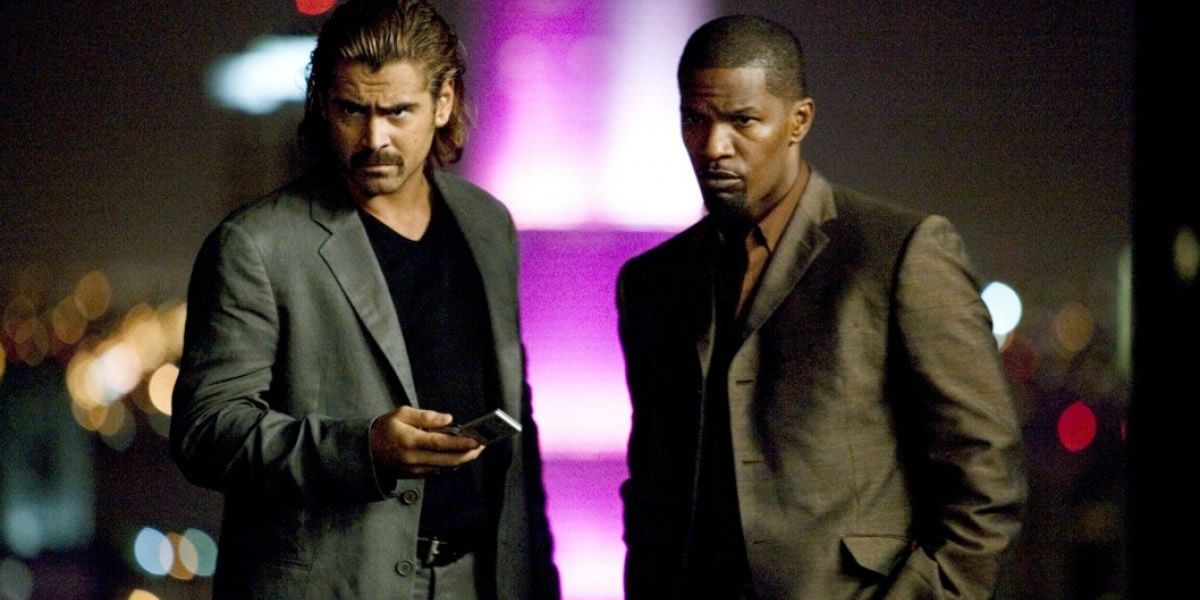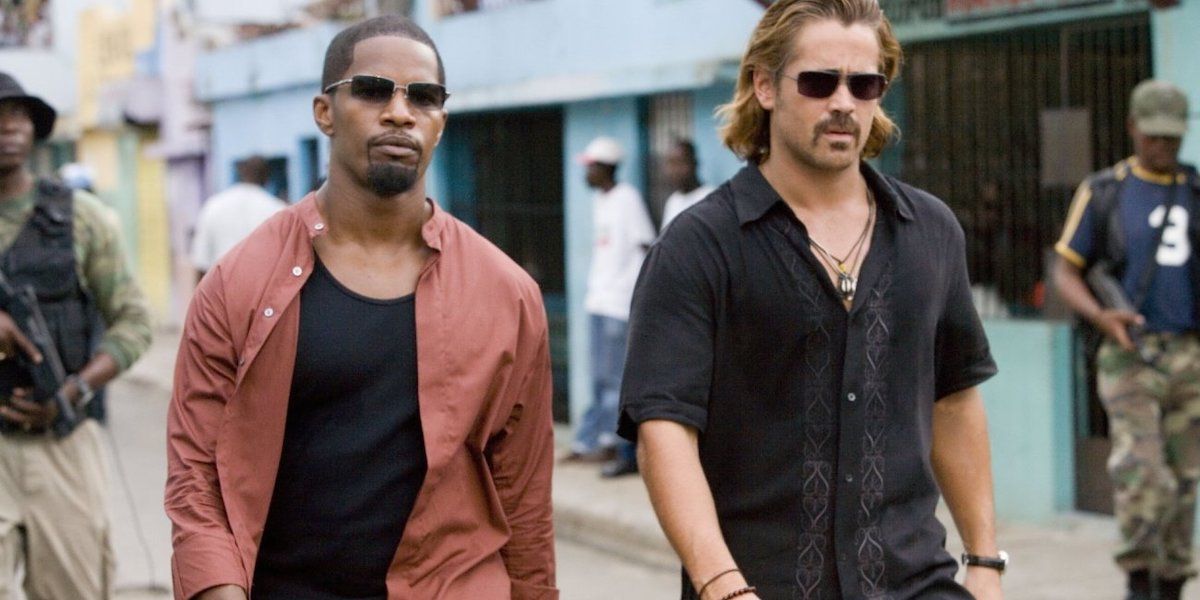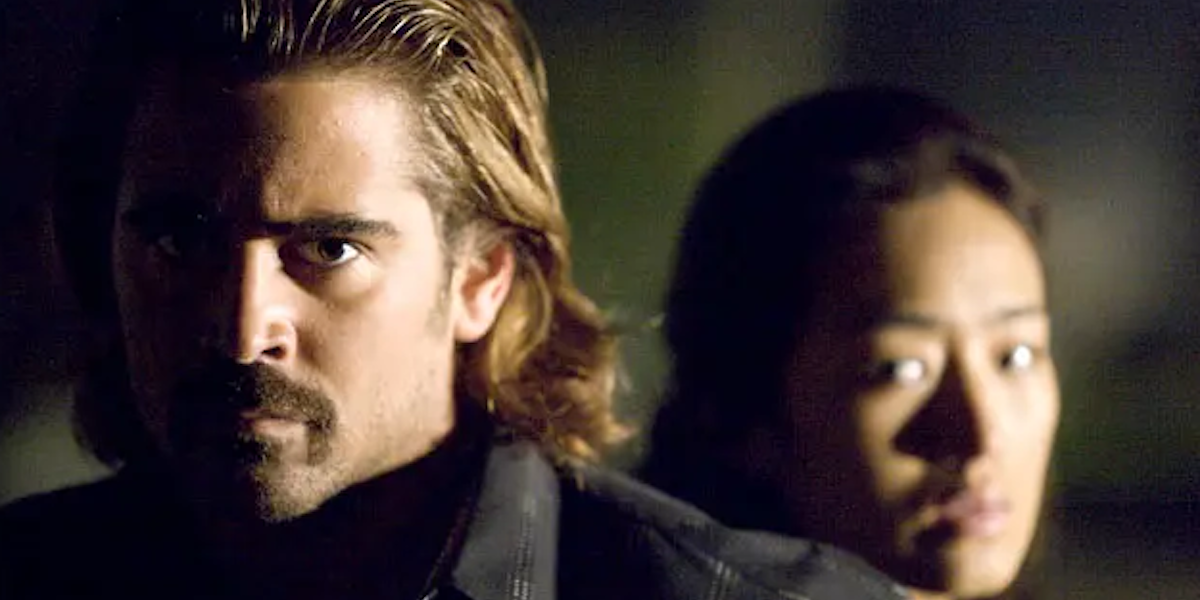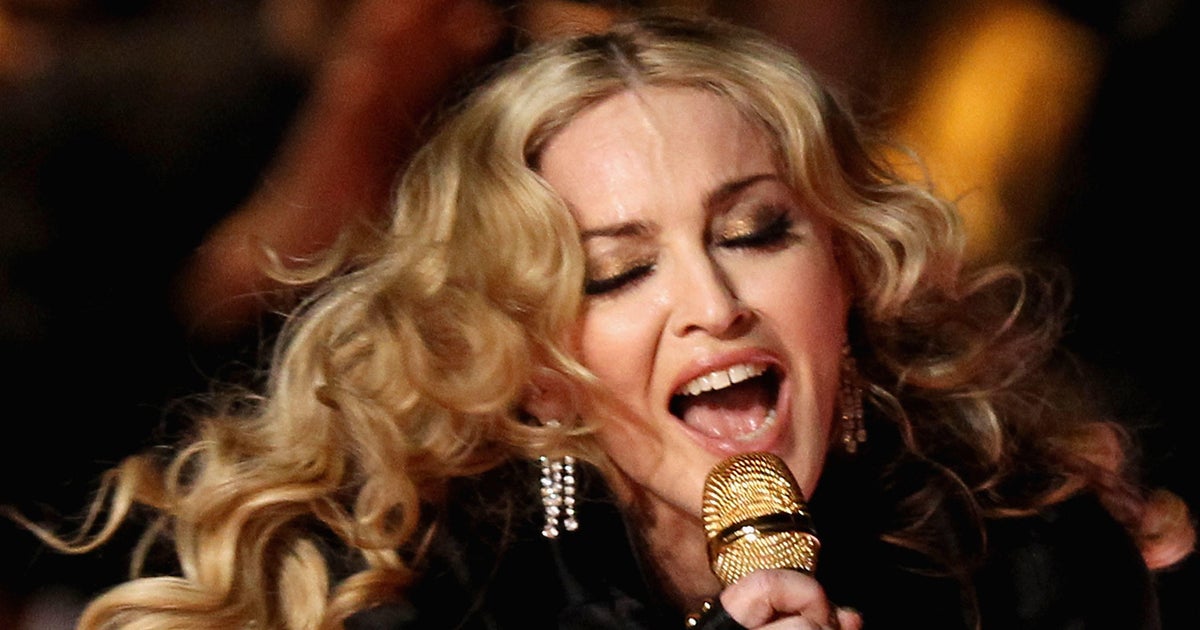Michael Mann’s Miami Vice Is a Misunderstood, Essential Crime Epic
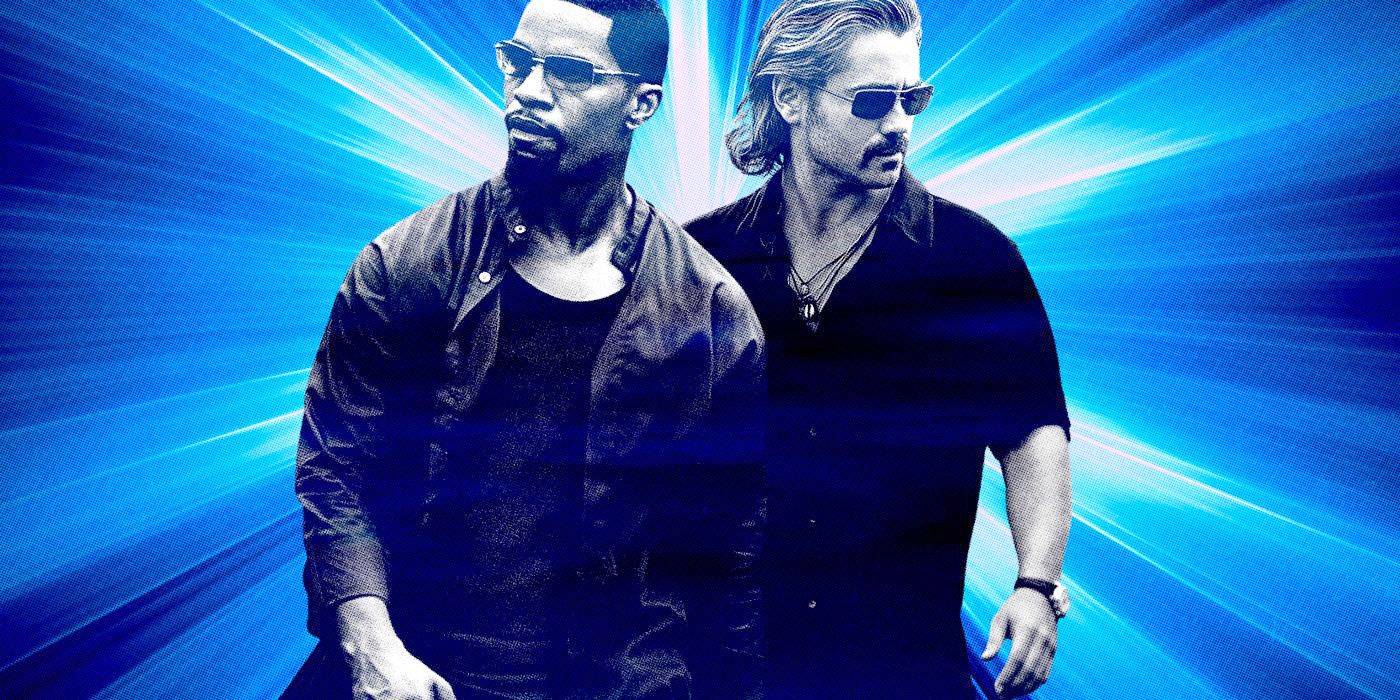
There were several expectations for Miami Vice when it was announced that a movie remake was slotted for release in 2006. For Gen-Xers who grew up with the seminal television series of the 80s, there were expectations of bright, sea-foam colored tees underneath sports coats with rolled up sleeves, big cash for drug swaps and an abundance of the art deco architectural style that defines the exotic South Florida locale. Millennials saw Colin Farrell and Jamie Foxx tabbed to play the iconic duo of Sonny Crockett and Rico Tubbs, and expected a high octane, big-budgeted shoot ’em up style thriller that would be more in line with the Bad Boys films that preceded it.
Though there was a little bit of both of these elements in the remake, there was one ingredient that a lot of people overlooked that would end up being the driving force behind the underrated remake, and that was the man calling the shots behind the camera. When Michael Mann agreed to direct the project, audiences should have been on high alert that the remake would have his signature style all over it, and that it would be a good thing for the potential of a successful remake.
‘Miami Vice’ Attacked Preconceived Notions From the Start
Dealing with the preconceived notions of both critics and audience can either work in favor of a remake or against it. When you’re talking about a remake of something as culturally significant and prominent as the long-running series on NBC, it worked against Miami Vice. More than fifteen years had passed since the final episode of the television series had aired in January 1990 – but that didn’t matter to Mann. He was going to attack the source material and give it a spin that would be consistent with all the successful Michael Mann films that came before it – Heat, Last of the Mohicans.
From the very opening sequence where Crockett and Tubbs are tailing a suspected human trafficking suspect through a posh Miami nightclub, there is a very palpable sense that we were going to have an experience that was unique. Mann was still going to use gritty, hardscrabble characters, but it is obvious that he really wanted to pick up the tempo of both the musical score (gone was Jan Hammer’s synth heavy opening theme song) and the cinematography. With faster panning and more focused framing, Mann used his cameras to quicken the tempo and by extension, ratchet up the overall tone of the film. It’s a signature technique of Mann’s, and one that he uses with great aplomb.
‘Miami Vice’ Gives Us Epic Aerial Cinematography
One of the things that was criminally overlooked in Mann’s (who also served as chief producer on the film) remake was his masterful aerial photography of the both the beautiful Miami night skylines and the naturally exotic and ocean scapes surrounding the south Florida peninsula. Stunning panoramic views of night fallen on a resplendent downtown Miami highlight the night shoots while captivating elevated shots of contoured speedboats cutting through the crystal blue waters of the Atlantic Ocean and Gulf waters accentuate the deft and crisp cinematography. These are qualities that were largely overlooked or ignored by critics and fans alike, but are a very large part of what Mann and his principal cinematographer, Dion Beebe brought to the film that other directors would have either overlooked or not fought for when negotiating a $136 million budget with Universal Pictures. It is obvious with Miami Vice, in particular, that moviegoers were willing to ignore that each Michael Mann film is a piece of art unique unto itself and the backdrops are the tapestries upon which he works.
‘Miami Vice’s Multidimensional Characters Reel You In
Since Miami Vice’s release in 2006, both of its leads, Colin Ferrell and Jamie Foxx have gone on to solidify themselves as multifaceted and dynamic performers. If you’ve seen this year’s Banshees of Inesherin or Foxx’s Oscar-winning turn in Ray you’re familiar with the range that these two actors have. Both deliver nuanced performances in Miami Vice that over a running time of 135 minutes, leave you fully invested in their character arcs. Through their personal and professional relationships, it’s the unspoken bond between the two vice cops that stands out. In dealing with an assortment of very dangerous and unpredictable drug dealers, each has an awareness of what the other is thinking. Having a sixth sense when it comes to covering each other’s backs in perilous situations is imperative, especially working undercover where even the slightest slip up can result in a quick and unceremonious death. Not to be overlooked, Ciaran Hinds and Naomie Harris buttress the two leads with terrific performances of their own.
‘Miami Vice’ Has an International Flavor That Works
Shooting in the Caribbean, Uruguay, Paraguay and in South Florida, the cast of Miami Vice is made up of a wide array of people from a bevy of different countries. Sonny Crockett’s love interest in the film, Isabella (Gong Li) is a brilliant Chinese Cuban money-manager and has a significant supporting role in the film. Luis Tosar, a native of Spain, is formidable as the vile and menacing drug lord, Montoya, who works well among an international cast to provide a believable network of smugglers working to get massive amounts of cocaine into the states via South Florida. It’s also not a coincidence that of the film’s almost $165 million gross, more than $100 million came from outside the United States as several countries are represented in the international thriller.
The Legacy of ‘Miami Vice’
Though the film was met with slightly negative reviews, we’re going to make the case that Miami Vice was a misunderstood international crime epic that didn’t fail to deliver the goods, but was met by a stubborn American audience that was expecting an amped up, big-budgeted version of the enormously successful series from a bygone era. While we all loved Don Johnson and Philip Michael Thomas as the OGs that rocked the white slacks and blazers over pastel colored tees two decades earlier, it should not have been used as the standard-bearer for the follow-up film version. Michael Mann’s vision wanted to establish an identity of its own, and ultimately did as much. But sometimes the original version is too ensconced in our minds to leave room for a more well-rounded and artistic adaptation.
